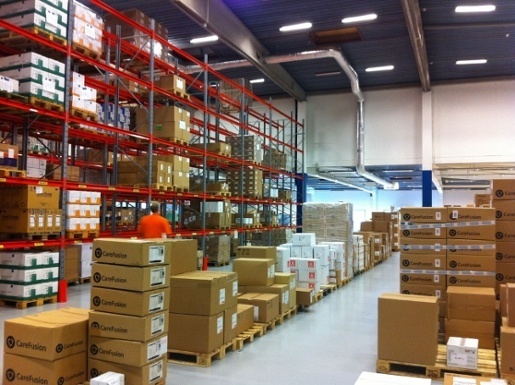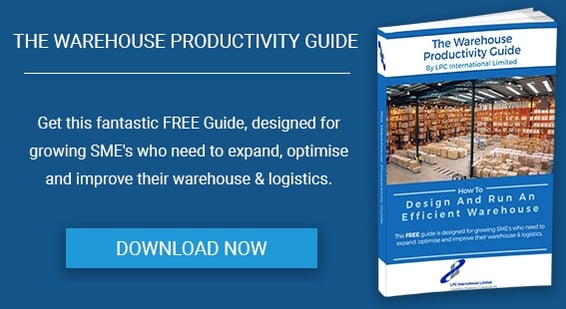
A warehouse is a very large cost item, in terms of balance sheet, facility running costs, and equipment and staffing. Day to day utilisation costs can be minimised through efficiency of design that makes all operations as fast and effortless as possible with minimal materials handling. That implies that investing time and care at the design stage reaps rewards for the next 10 or 15 years. The converse also applies and unavoidable excessive overheads may be incurred on a daily basis through badly laid out and inadequate design, or through adopting a facility just because it exists and appears to provide a fast and convenient solution.
Risks Posed By Poor Warehouse Design
Getting the design wrong will manifest itself in costly inefficiencies that will represent a drain on a company’s finances and bottom line, and which would require expensive modification works to resolve. That, or an acceptance of undesirable high running costs or operational costs. Either way, the success of the business can be under threat.
Collating The Information Needed On Which To Base Design Decisions
Good design is based on knowledge and experience of what has happened in the past as regards throughput of inventory of this company or of similar businesses if this is a start-up. That is tied in with logistics requirements, customer service levels and contracts, seasonal trends and overall capacity demand. The problem with this requirement for information is that some enterprises do not record and retain the required depth of data, so a mix of picking the brains of the staff on the ground, along with a period of observation and measurement of metrics can be the only way forward. The old carpenters’ maxim holds true – measure twice and cut once.
Any planning should assign as much time as is practically possible to the investigation and recording of requirements. Plus, of course, allowance for expansion plans in the foreseeable future. The information on which design will be based will never be 100% available. Typically, well managed projects often go with less, and making assumptions to cover the gaps. . Supply chain consultants are very skilled at identifying and extracting the relevant information and repackaging it as usable data - and often far faster than your own in-house resources could complete the same task.
Design Must Be Fit For Purpose – Meaning What Exactly?
Fit for purpose is almost a soundbite these days but it succinctly describes the requirements. We can rephrase it as, “The warehouse must not cause problems”. The measure of success might mean zero major problems that could require costly remediation, and a low minimum of more minor issues that a business can live with, without incurring undue additional overhead. Problems may not manifest themselves for months or years as operating conditions change and test the original design parameters.
Designing Your Warehouse For Productivity & Growth
Ensuring that the plan for the design phase incorporates these principles will maximise the likelihood of achieving an optimum performing facility, while minimising the risk of overlooking aspects that may develop into problems down the road.
- Know the functional requirements in depth – this goes back to the point made earlier about collating as much historical data and anecdotal knowledge as possible. Analyse, itemise and address all warehouse functions - volume of materials to be stored, traffic velocity of goods inwards, sales orders, transfers, dispatch loading bay volumes, and returns. Also the various categories of orders that might include singe item picking, cartons, pallet loads and so on.
- Consult as many stakeholders a possible – including such as executive management, truck drivers (including external if applicable) as well as warehouse staff. Minimise handling – the ideal is as close to zero “touches” as possible and this should be a constant goal when considering every type of material, racking, routing, picking and packing operation and ancillary equipment.
- In summary, the greater the number of relevant inputs, to identify the design base line, that are taken on board during warehouse design, the more likely will be a successful outcome that minimises drain of the company’s resources and finances. A good warehouse will be both an asset and a silent productivity partner for many years.
Download our free Warehouse Productivity Guide for more information on warehouse layout, supply chain management, improvement strategies, WMS platforms and more!


